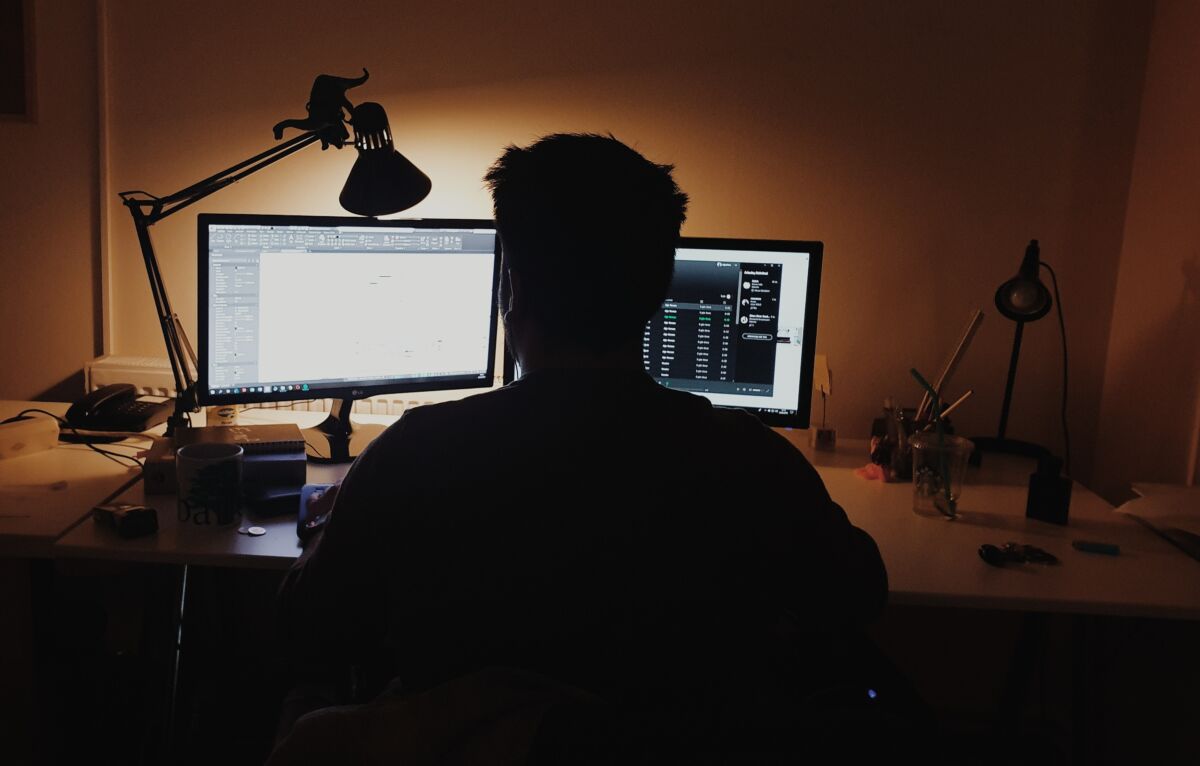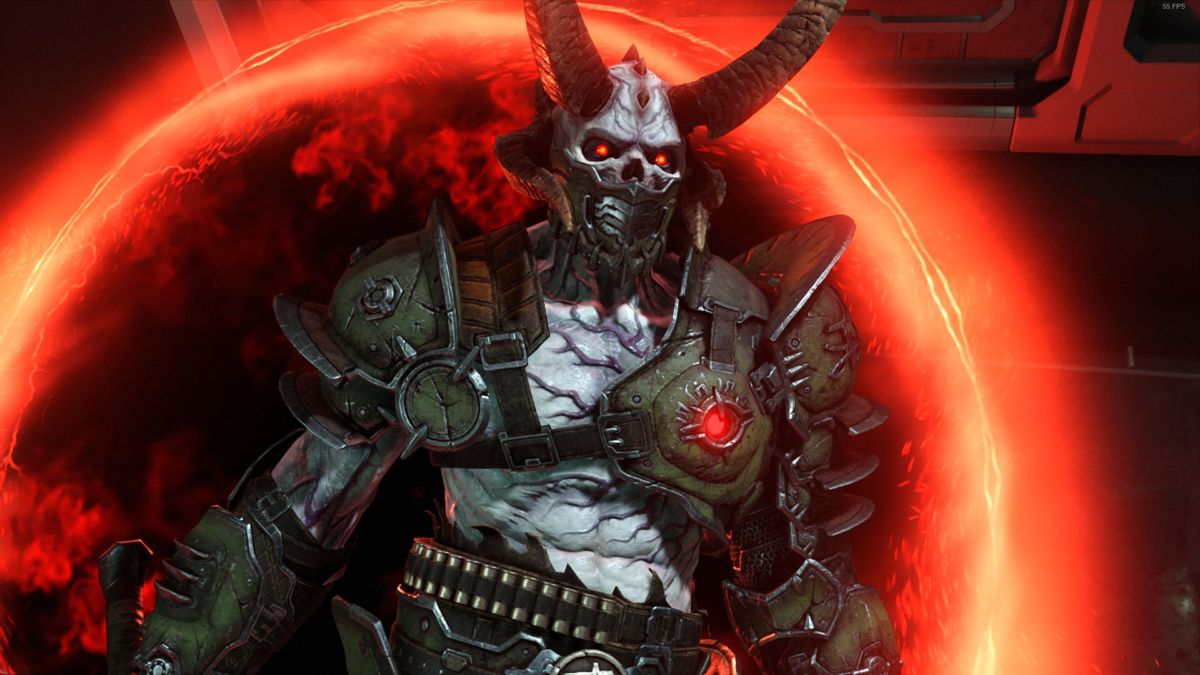There was once a time when being an avid video game player just meant understanding what “pixels” were. Nowadays, we’re inundated with terminology like anisotropic filtering, ray tracing, or the gem we’re here to talk about today – fast-approximate anti-aliasing, or FXAA.
It’s not something you’ll find in every modern game release, but FXAA can certainly make a difference in the visual quality. As games become more technically advanced, more mechanics are implemented to deliver the highest-quality picture. FXAA is just the latest in those options to help ensure your incredibly expensive monitor wasn’t for naught.
Before we get too deep into the “fast approximate” part of FXAA, though, we should break down what “anti-aliasing” means.
– Anti-Aliasing Explanation
– FXAA Explanation
– FXAA Issues
– FXAA Alternatives
What is Anti-Aliasing?

Chances are you’ve heard someone say (or have said yourself) that something “looks pixelated.” Essentially, it means the image is jagged. There are no fine edges as you can clearly see where the different-colored individual squares meet. Unless you’re developing a pixel art game, it’s an ugly look that the savviest players will ruthlessly criticize.
Anti-aliasing is the tool that smooths out those edges. But it’s not as simple as that as there are several types of anti-aliasing. From the earliest form, known as super sampling anti-aliasing (SSAA), to multisample anti-aliasing (MSAA), which focuses only on polygons (which is responsible for building 3D shapes), developers have found new ways to smooth out the rough edges that come with pixels without taxing the GPU.
FXAA is among the best options, though there is a small cost for those clean edges. However, let’s not get ahead of ourselves yet.
What is FXAA?

Unlike MSAA, which emphasizes smoother polygons, FXAA wants nothing to do with them. Nor line edges. Instead, it hones in on the game’s pixels. FXAA has a lot of fancy words attached to it, like “screen-space,” but it’s essentially a shader program developed by NVIDIA’s Timothy Lottes.
Over one or two milliseconds, the program runs through pixels and picks out those nasty edges. To fix the jagged look, FXAA artificially develops an edge that produces a smoother finish. FXAA is full of perks, but its most impressive one is that it runs its algorithm over every inch of the visible screen. Everything the player can see falls under the scrutiny of FXAA, even those elements otherwise ignored by older anti-aliasing tools.
FXAA is also incredibly fast. Early versions of the algorithm were able to work twice as fast as 4x MSAA. Today, FXAA is clocked in at 1.3ms per frame on even inexpensive GPUs. Enabling FXAA will work wonders for your visual experience without forcing you to take a big hit on the frames per second.
The powerful anti-aliasing algorithm has a very strong effect on the image, especially when compared to its weaker cousins SSAA and MSAA. While this guarantees smoother edges, it does come with a hitch that the less drastic MSAA or SSAA avoid.
So, What’s the Downfall of FXAA?

There is no such thing as perfection, especially in the world of technology. When you activate FXAA, you may notice that some edges and textures will look a little blurry. This is the cost of reducing pixelation. It’s possible you may never notice this haze, so it is a very minuscule downfall.
Additionally, since FXAA is a relatively new tech, you won’t find it in older titles. Developers have to specifically code their game to run FXAA. That means it’s also not going to be compatible with every new title that releases.
Are There FXAA Alternatives?
While we can confidently say that FXAA is an incredible option and SSAA and MSAA hold their own when needed, there are still other options out there. Morphological anti-aliasing (MLAA), subpixel morphological anti-aliasing (SMAA), and temporal anti-aliasing (TXAA) are other means of smoothing out your gaming experience.
MLAA, like FXAA, is a post-processing option that blends pixels to create that fine edge. Unfortunately, that results in far more blurring than FXAA. SMAA utilizes a similar concept but also reduces the blur effect. Finally, TXAA combines anti-aliasing and temporal aliasing for a cleaner image, but it comes at a high cost to your GPU. Also, developers aren’t really using it yet.
Are there alternatives to FXAA? Of course. Are they worth tinkering with? That really depends on how good of an eye you have for blurry imagery and if you want to put a strain on your GPU. SSAA and MSAA may reduce blur, but they’re resource hogs. MLAA won’t overburden your card but will increase the game’s blurriness.
That leaves SMAA, which tends to have all the benefits of FXAA without the few drawbacks. However, it has a little problem processing transparent textures. So, at the end of the day, you really need to tinker with the settings the next time you boot up a game. Ultimately, the decision between FXAA, SMAA, MLAA, SSAA, and MSAA is one of personal preference (and computing power).
READ NEXT: What Is Anisotropic Filtering?
Some of the coverage you find on Cultured Vultures contains affiliate links, which provide us with small commissions based on purchases made from visiting our site.

